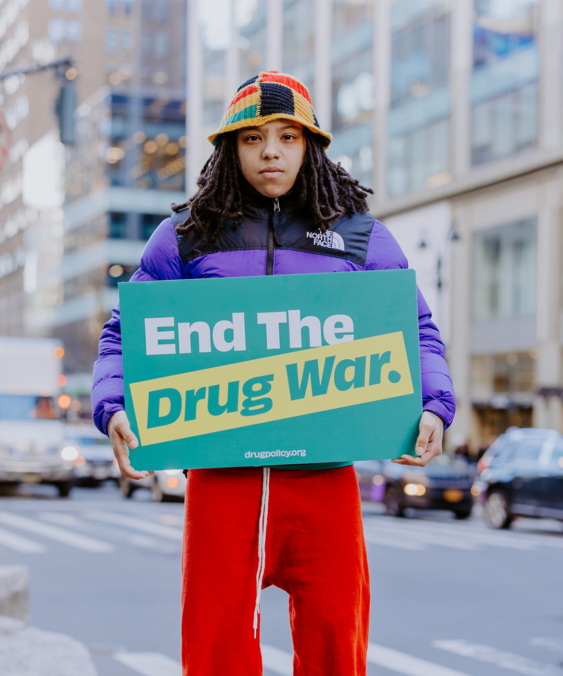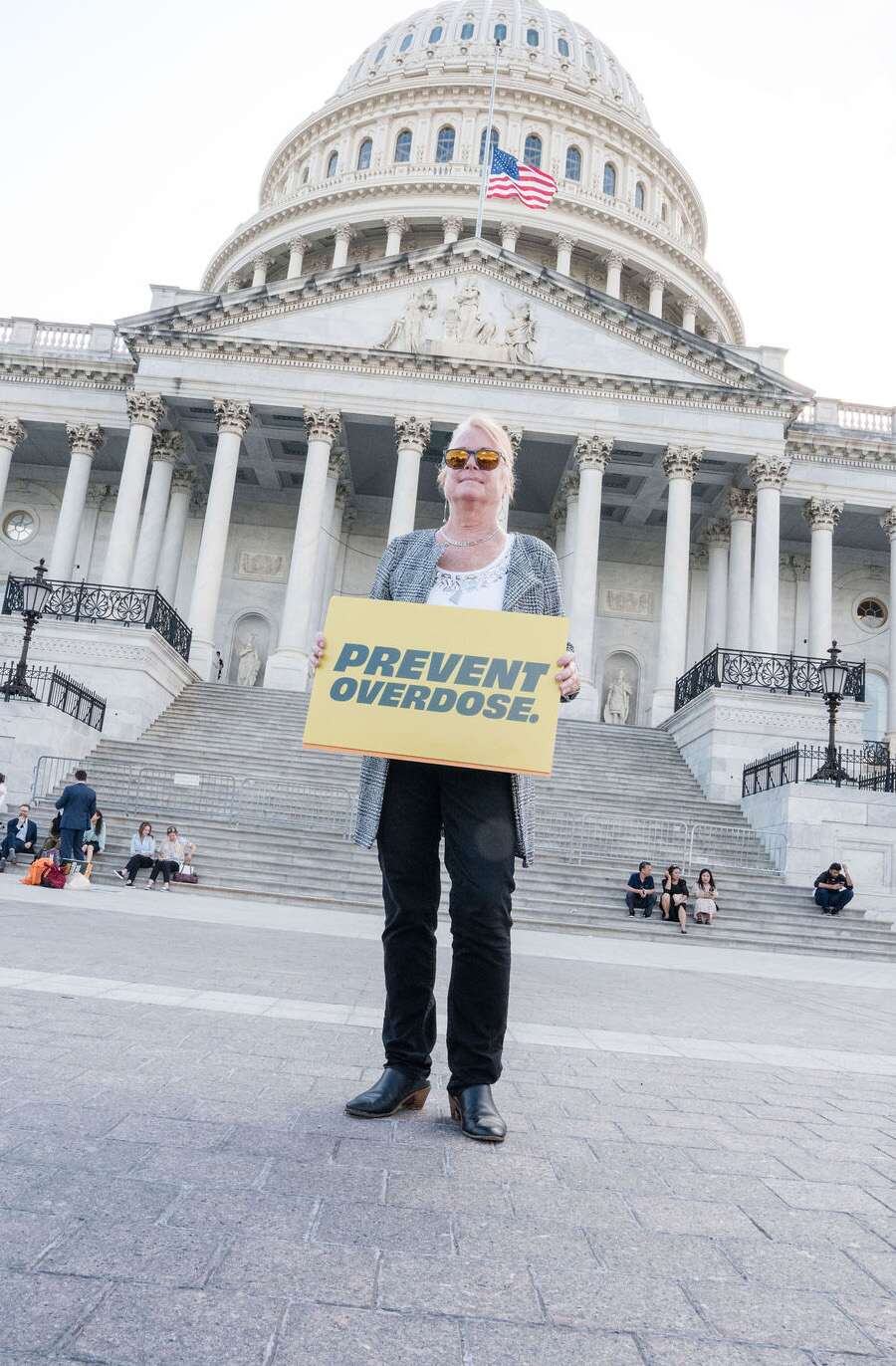A new study by a group of civil rights lawyers says that black people in Washington are disproportionately arrested for minor drug offenses and other petty crimes, which the group’s director says has essentially “criminalized a large portion of the African American community.”
The Washington Lawyers’ Committee for Civil Rights and Urban Affairs does not make specific policy recommendations. But the report, to be released at a news conference Friday, says the arrest statistics from 2009 through 2011 should be a “wake-up call” and feature prominently in the debate over decriminalizing drugs, forming strategies for reducing crime and devising arrest policies.
Authors of the report found that eight of 10 adults arrested in the District are black, disproportionate to the racial breakdown of residents — roughly 47 percent black and 43 percent white. Nine of 10 people arrested on the charge of simple drug possession are black, the study found. And eight of 10 charged with disorderly conduct are black.
Said Roderic V.O. Boggs, executive director of the lawyers’ committee: “Police are spending an enormous amount of time resolving behavior that is not life-threatening.”
He called the disparities jarring. In 2010, the equivalent of 30 percent of the District’s adult male population were arrested, compared with 2 percent of the white residents.
The report was researched with the help of a team of lawyers from Covington & Burling and an advisory committee of five retired or senior federal and district court judges. The Washington Post obtained an advance copy of the report.
Police have criticized similar studies as unfairly discounting the fact that crime rates are highest in black areas of the District, particularly east of the Anacostia River, which in 2012 recorded nearly half — 43 — of the District’s 88 homicides. That area also accounted for nearly 40 percent of the city’s violent crime last year.
Authorities say they don’t target people for minor drug crimes, such as marijuana possession, but the arrest numbers reflect the increased presence of law enforcement often demanded by residents who want order restored in communities long considered neglected.
The report comes a month after the American Civil Liberties Union found that the District is arresting more people than ever for marijuana possession: 60 percent more in 2010 than 2001, with black residents accounting for much of the increase.
This week, a majority of the D.C. Council supported a bill that would decriminalize possession of up to an ounce of marijuana, changing it to a civil penalty that could bring a $100 fine.
One explanation was that people with criminal records even for minor crimes find it difficult to get jobs.
Police Chief Cathy L. Lanier, in a statement posted on the department’s Internet bulletin board, warned that the drug issue needs to include a discussion of the risk to children, the health impact of “increasingly potent plants” and conflict with federal laws.
Lanier wrote an op-ed for The Post, published last month, saying that the ACLU wrongly framed the debate as “police inflicting a war on drugs in the community.” She said her department has “not prioritized marijuana arrests. Since day one, my priority has been combating violent crime, and the District is safer as a result.”
Responding to the Lawyers’ Committee report, Lanier said in an e-mail that the issues raised reflect a long-running debate in academia examining “the complex relationship between arrest rates and certain variables such as race, poverty, education, and/or employment. . . . I believe that the most important factor in our success in decreasing violence in the District has been strengthening the relationship between police and the community.”
In many ways, the Lawyers’ Committee report doesn’t seem surprising — a high percentage of blacks are arrested in wards with predominately black populations — but Boggs said it is the disparities between some areas of the city that stand out.
He said more blacks are being arrested for drug crimes even in white communities, although statistics show that an equal number of whites and blacks use drugs.
The report singles out Ward 3 in Northwest, some of the District’s richest real estate with Chevy Chase and Woodley Park. It had the city’s fewest drug arrests in 2011 — 27 — although it is home to nearly 13 percent of the city’s population. Nearly 80 percent of its residents are white.
In Ward 1, which includes part of historically black Shaw but also Columbia Heights and Adams Morgan, 81 percent of the more than 1,200 drug arrests in 2011 were of blacks, who make up about one-third of the population.
The report also says that throughout the city, seven of 10 people charged with traffic violations are black.
Authors of the report matched arrests against court dispositions and said they found similar disparities. Of tens of thousands of arrests on drug and traffic charges over three years, 17 percent of the narcotics cases and 23 percent of the traffic cases were dismissed.
“This suggests that a large number of people may have suffered the collateral consequences of a pending charge based on charges that were weak or otherwise not worth pursuing,” the report concludes.


